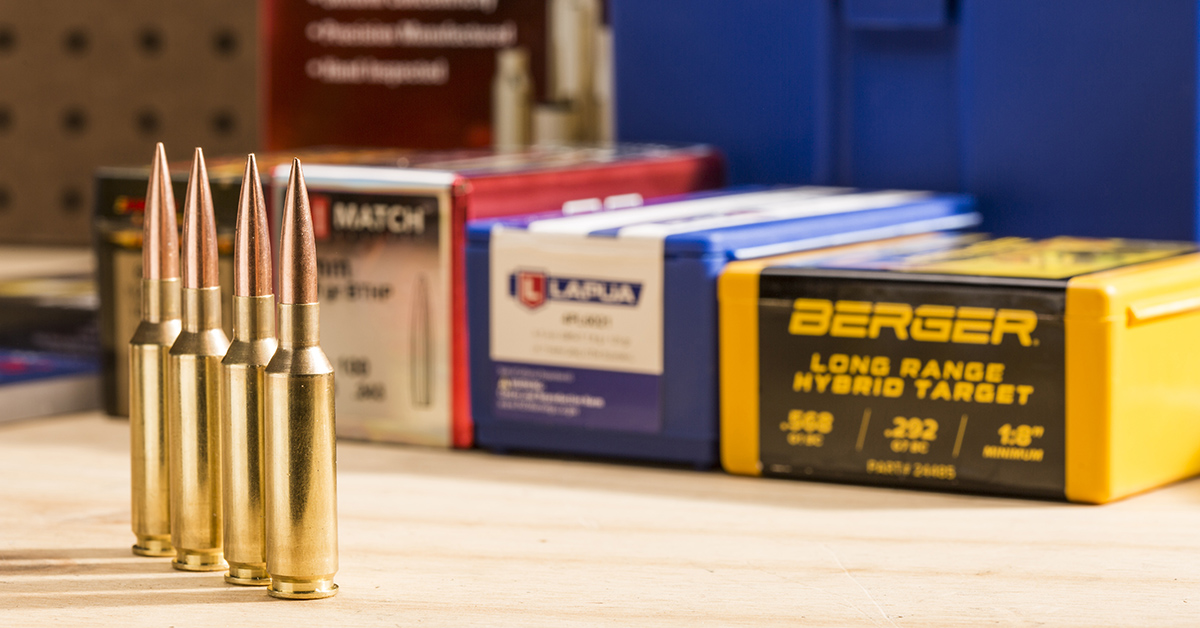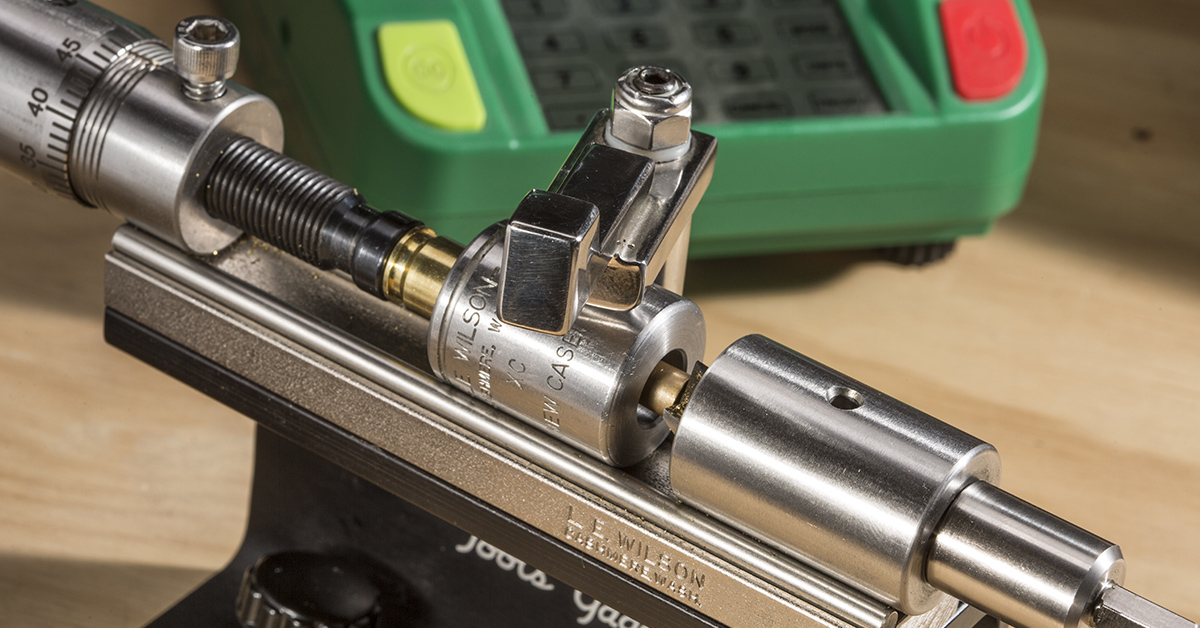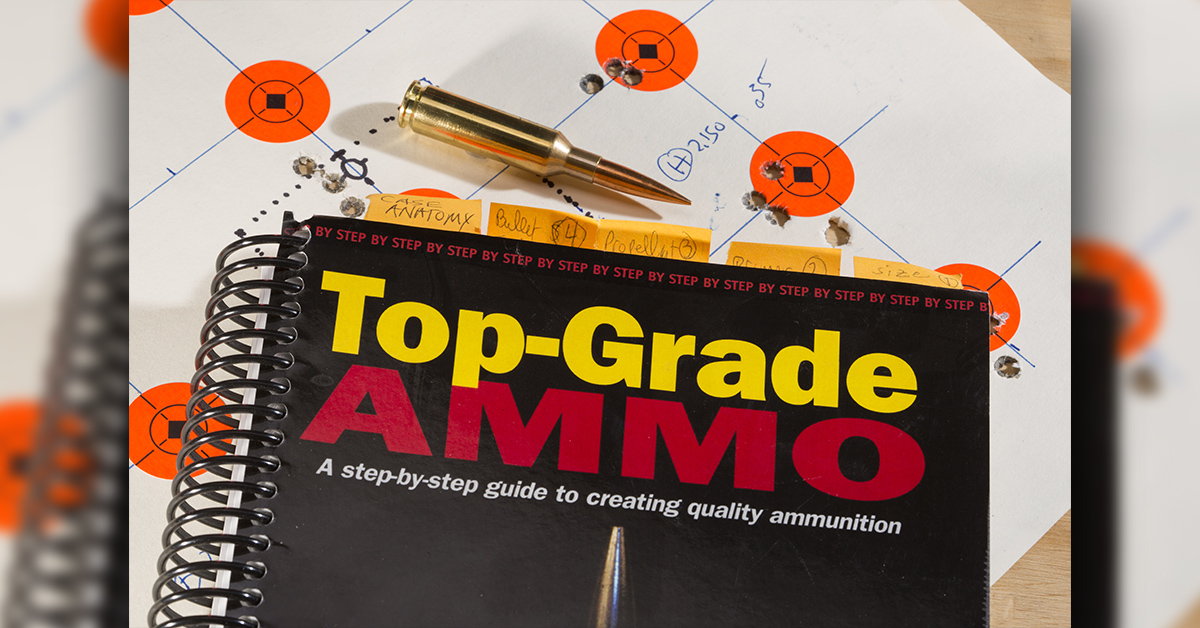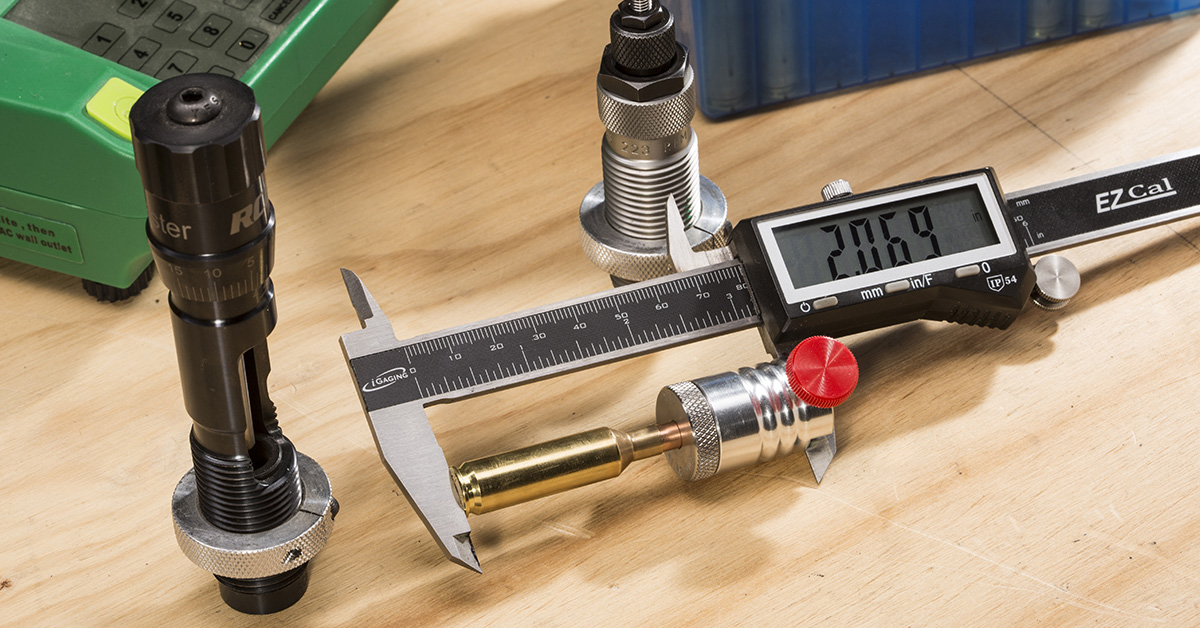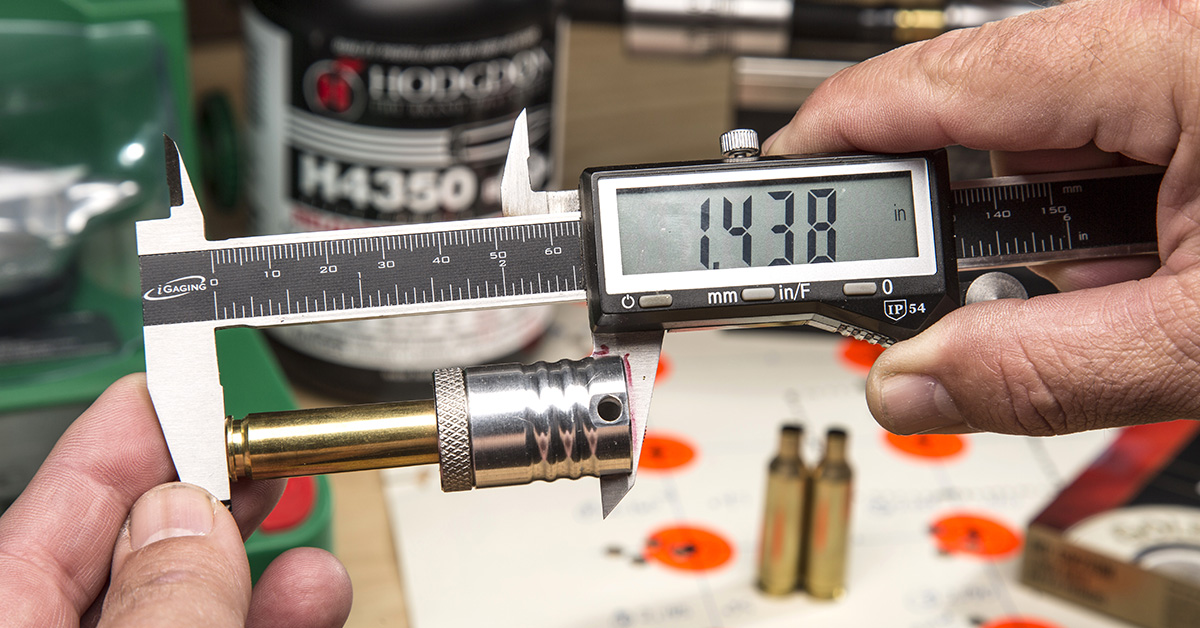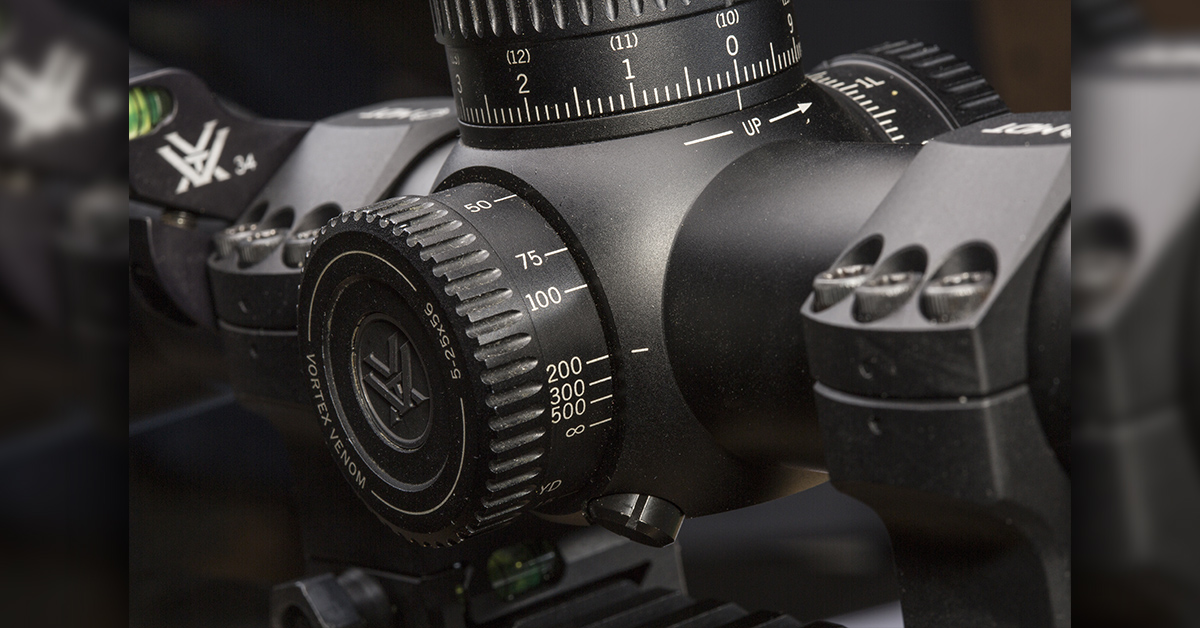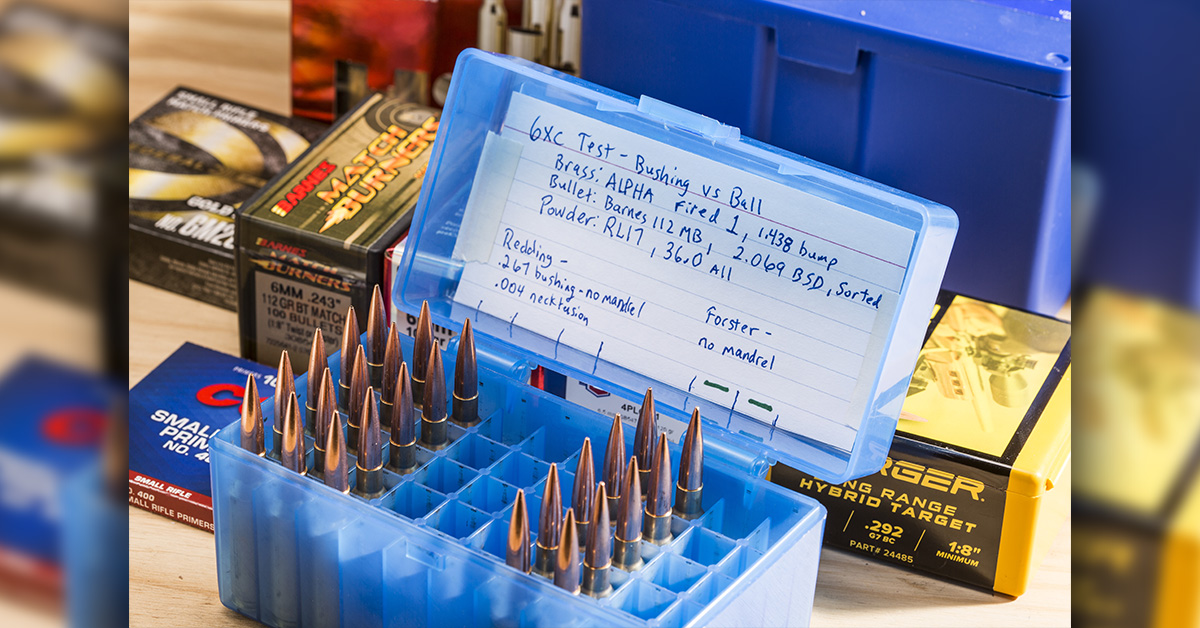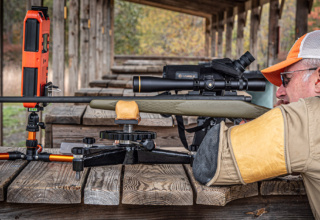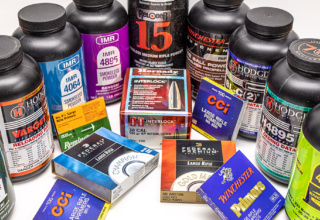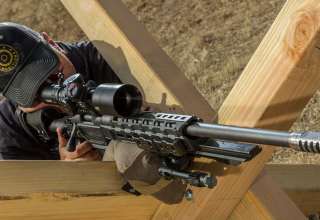Wherein we learn there are no shortcuts to developing a great load
text and photography by Alfredo Rico
The most common questions of precision rifle shooters who are new to reloading are, “what’s a good load for my rifle?” and “what are the secrets to getting tiny groups?”
They have a misconception that reloading is like cooking and they are looking for a good recipe with a little secret sauce. Too often I’ve seen shooters puzzled by large groups on paper and wonder why the tips they got from competitive shooters didn’t work. When they explain their reloading process to me, I ask, “Why did you do this?” and the common answer is, “I don’t know, I read that it works.”
The reality is that you must roll up your sleeves and go through the learning process to see what works best for your rifle and how you intend to use it.
Start With a Goal
Reloading advice is plentiful online, but it will also be confusing since there is so much of it. Even learning from competitive shooters can be misleading because they may use techniques that, while valuable to them, may not have any practical benefit to the type of shooting you are doing.
I’ve run into far too many reloaders who neck turn their brass or sort their bullets but will never realize their benefits because they are not shooting at distances where it will make a practical difference, or they are not involved in competitive shooting sports that may demand any little edge.
The first thing to do is be realistic about your reloading goals and whether your rifle is designed to get you there. The goals should be related to the type of shooting you will be doing. If you’re a hunter, your goals will be different than a PRS or Benchrest shooter. It doesn’t mean you shouldn’t try to achieve a high-level of precision; it just means that you should focus on the aspects that are important for your endeavor. There’s no use spending a lot of time working at getting bug-hole groups if you are shooting an 8-inch target at a maximum distance of 300 yards with a $400 rifle.
The Basics
When successful competitive shooters tell you what works for them, they make it look easy because they already worked out all the kinks in their gear and reloading process. You will be starting at ground level and won’t even know what those kinks are until you encounter them. This is why I recommend starting with a solid reloading foundation.
One of the best reloading books to get you on track and up to speed is Top-Grade Ammo: A Step-by-step guide to Creating Quality Ammunition by Glen Zediker. What sets this book apart from the reloading manuals you’ll find by bullet manufacturers is that it is specific to precision rifle shooters. Many of the reloading manuals offer about a 40-page general overview of reloading and cover rifle and pistol. Top-Grade Ammo is a spiral-bound, 308-page book that addresses the specifics of each step of reloading for precision rifles. This book covers equipment, how to set it up, how to use it properly, and how to test your ammo. Equally important, it gives you the reasons why something is set up in a certain way so you can make an informed decision as to whether you want to incorporate it into your workflow or not. The book has useful photos throughout that highlight key aspects.
Once you develop your first loads, you’ll have a great baseline from which to experiment and see if additional techniques add a practical benefit. Along the way, you’ll discover new things that will make you second guess what you thought you knew, like the fastest loads aren’t necessarily the best choice and two shots with a 70 fps velocity difference can have the same point of impact.
Consistency
Getting the best loads for your rifle will rely on consistency at the reloading bench. Everything that you do at the reloading bench — from sizing and trimming to seating the bullet — should be identical or within tolerances. Therefore, it’s important to measure everything at the start of a reloading session and to perform a couple of quality controls along the way. If an expert says they only check at the start and that’s it, it’s because they’ve reloaded thousands of times and know their process and equipment well. Until you have that experience, check things along the way. You will be surprised that you or the equipment may be doing something different. If you don’t catch it here, it will show up on target and you will be left with unpredictable results.
Consistency is also important in the components you choose. For best results, start with quality components. In these times where components are hard to find, this is easier said than done, but what you will find is that your ammo will have lower ESs, tighter waterlines, and less dispersion. For cases, this means the dimensions of new cases will be consistent, and the brass will give you a greater quantity of reloads. For bullets, the better bullets will have less variation in length, shape, and meplat size. As a result, you will have bullets with more consistent BCs. Choosing a powder that is less sensitive to temperature changes will also produce loads that have more consistent velocities.
When you add up consistency at the reloading table with the quality components, you’ll be surprised how much easier it is to get great performance from the start.
What Also Matters
Don’t overlook these other factors that can improve the precision of your rifle — your gear and shooting skills.
A poorly setup scope can wreak havoc as you gather data on your reloads. One of the biggest contributors is parallax. The tell-tale sign that you have parallax in your scope is when, while looking through the scope, you move your head but are not touching the rifle and the reticle moves around the target. This means that the reticle and target are not on the same focal plane and that can create an impact shift each time you shoot, causing your shots to group poorly. Before you begin shooting, make sure you adjust your scope’s parallax so that there is no reticle shift.
Probably the greatest component to improving the accuracy and precision of your rifle is you — specifically, improving your wind-calling skills and learning to create stable shooting positions. The wind is the biggest devil that all outdoor shooting sports face equally. Learning how to read it will have a more positive impact than trying to shrink your group size through immersive reloading procedures.
If you hunt or shoot PRS-style matches, the wobble is all too familiar when you are shooting from unsupported positions, backpacks, trees, or props. The amount of wobble in your scope will be greater than improvements you can make in group size from reloading. Time is better spent learning how to create a stable shooting position in what you will typically find in the field or at a match.
Summary
There’s a great satisfaction in creating a load that works well with your rifle, but it’s also frustrating when things don’t go as planned and you can’t figure out why. By going through the whole process instead of taking shortcuts, you will develop a load that works great from the start. You’ll also make informed decisions as to whether you want to introduce any additional steps. Shoring that up with quality components and consistent reloading methods will help you more easily achieve match-grade quality.
Furthermore, your work is not done until you remove errors from your scope setup and improve your shooting skills. In the end, you’ll see that there is no secret sauce to reloading and it can involve very few steps. It just takes understanding why you are doing things and how you and your equipment all play a role in transforming a good rifle into a great shooting rifle.
- Precision Rifle Shooter Must-Haves - June 6, 2022
- Reloading for Precision Rifles - March 10, 2022
- Field Test: Mossberg’s MVP Rifles - March 2, 2020

